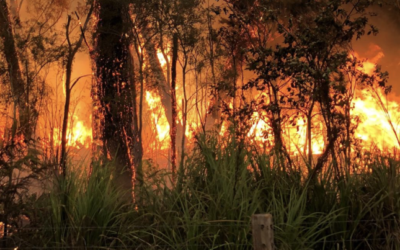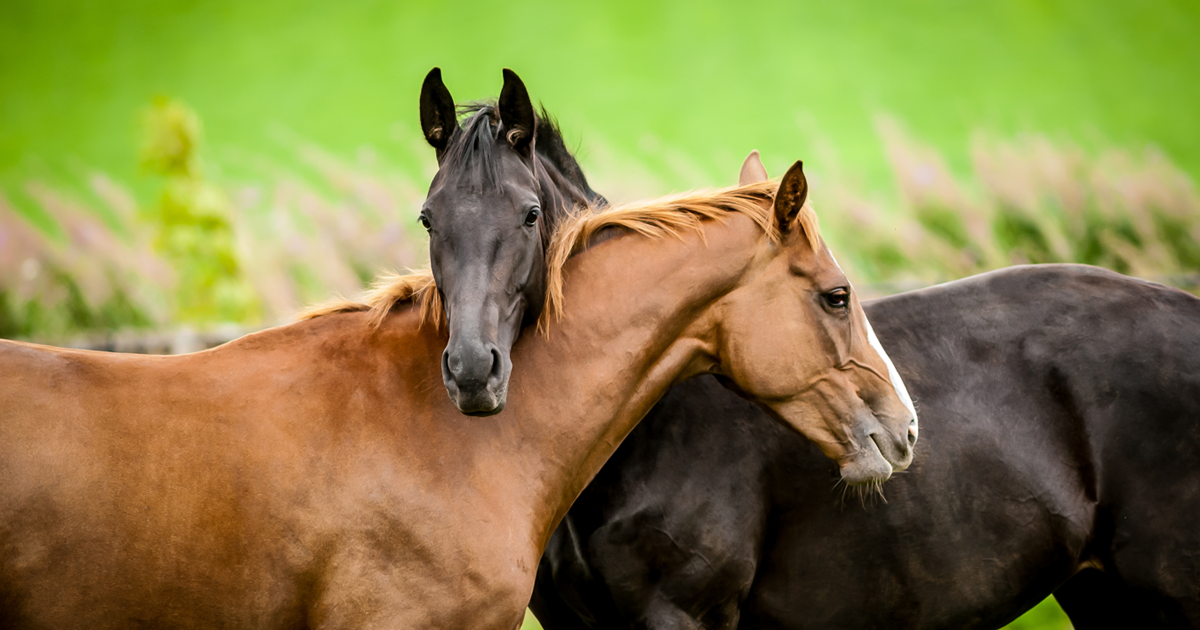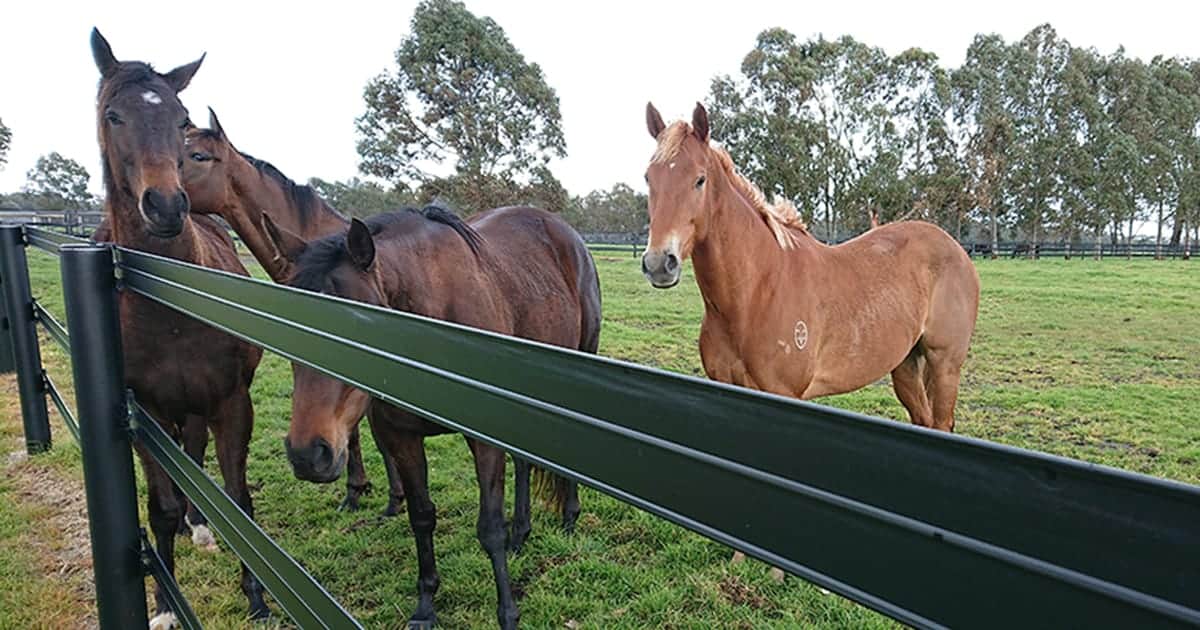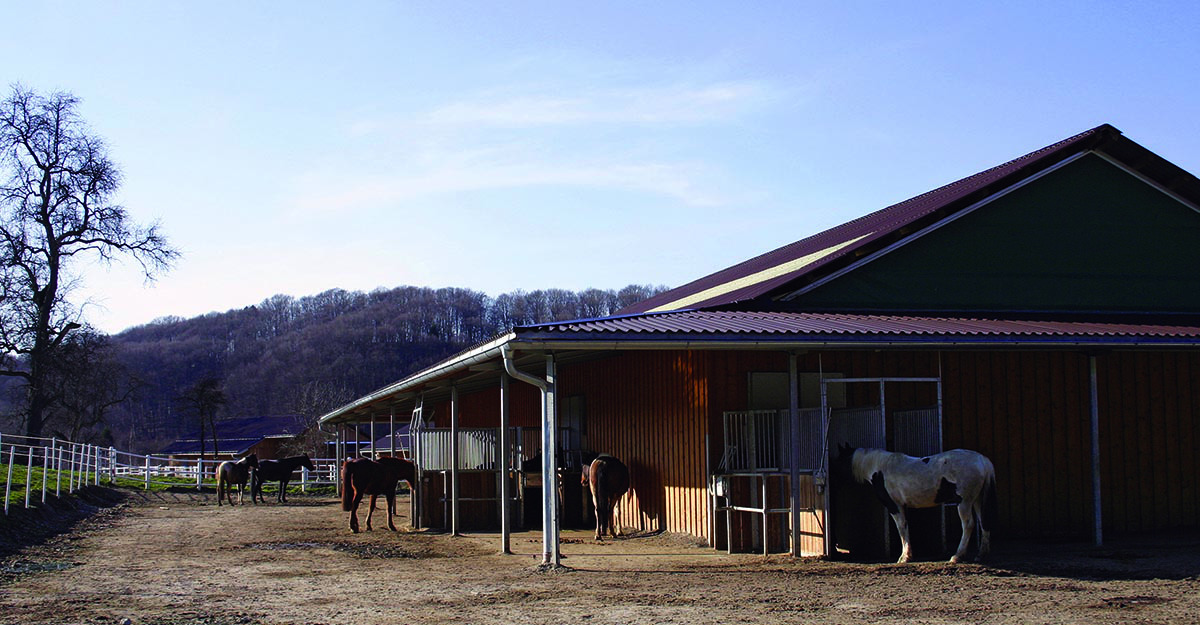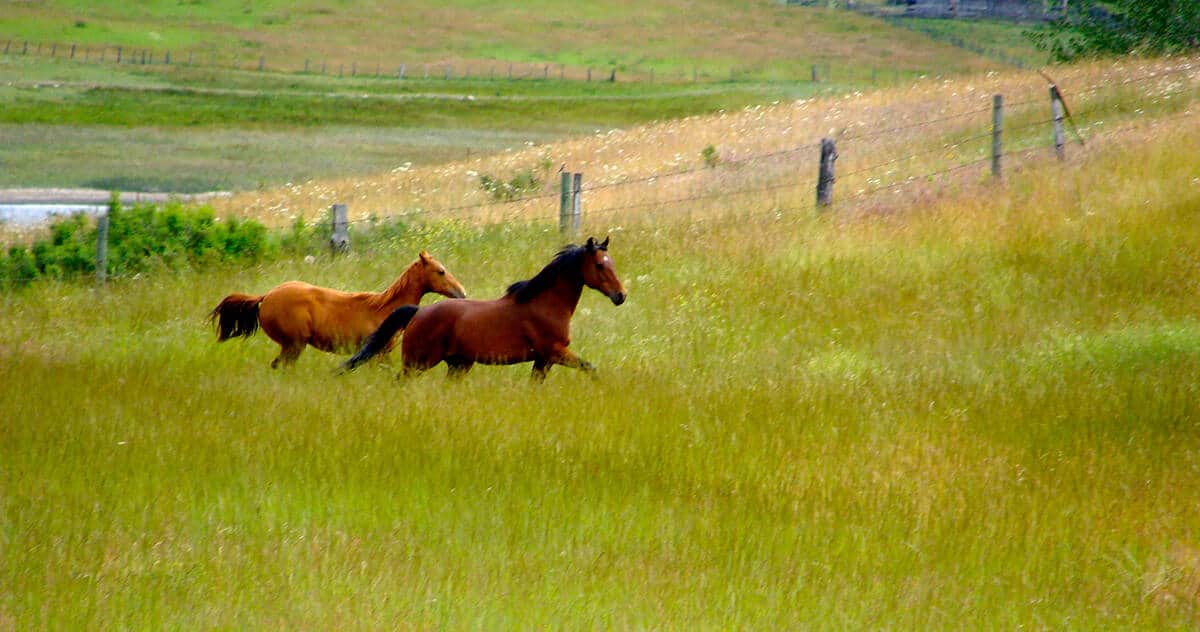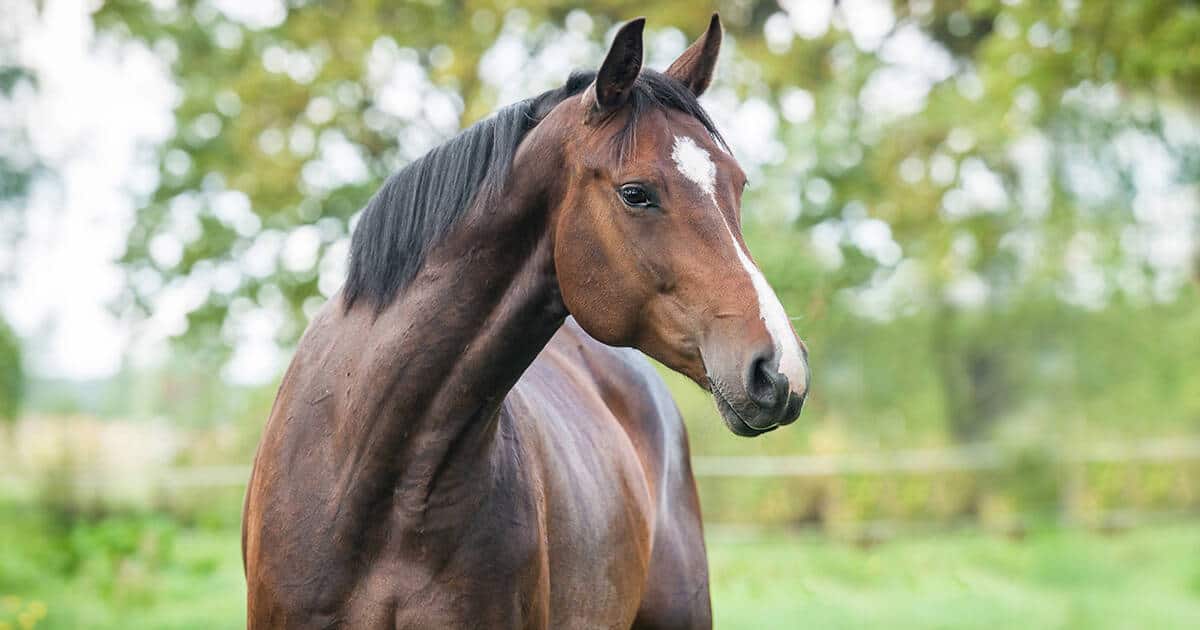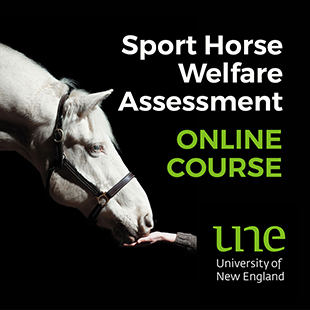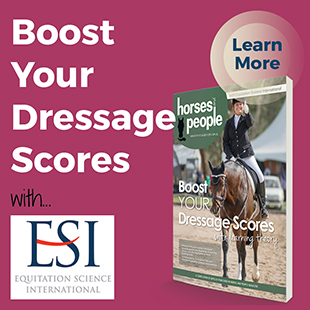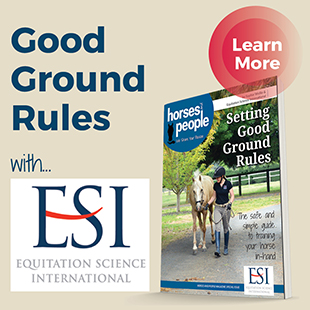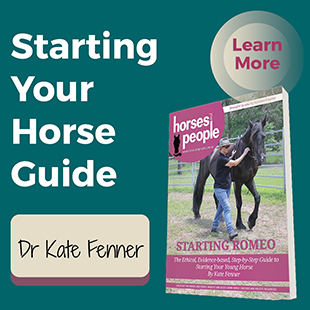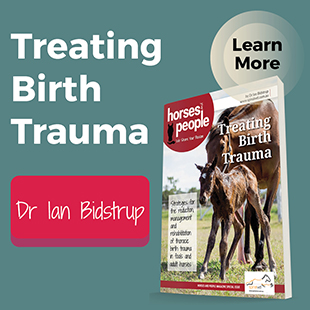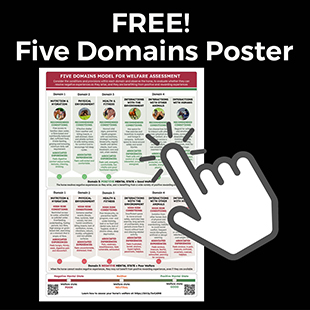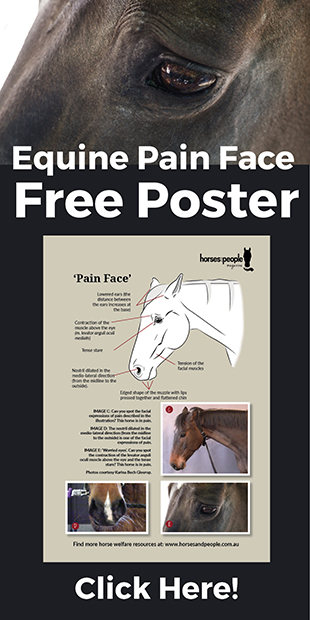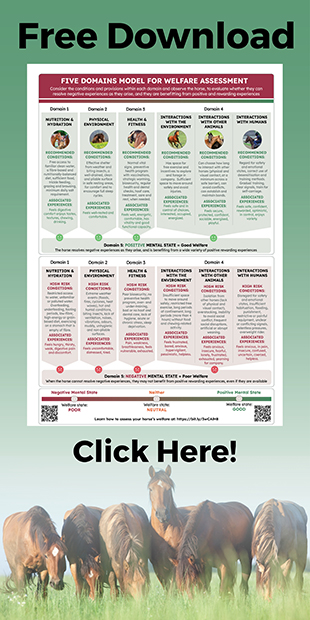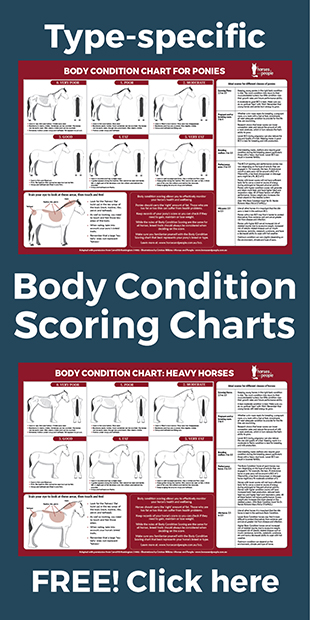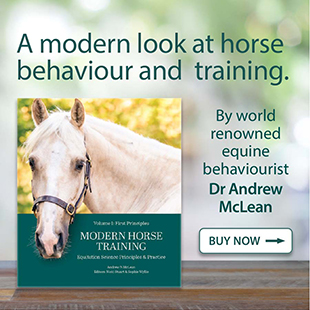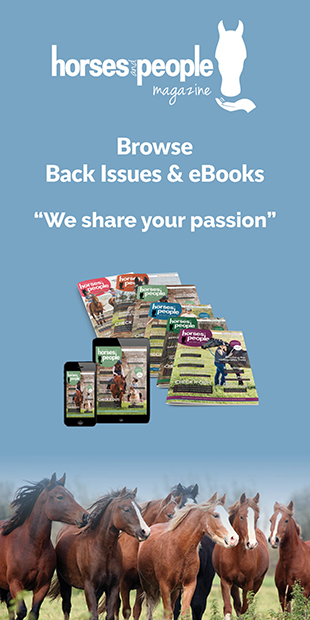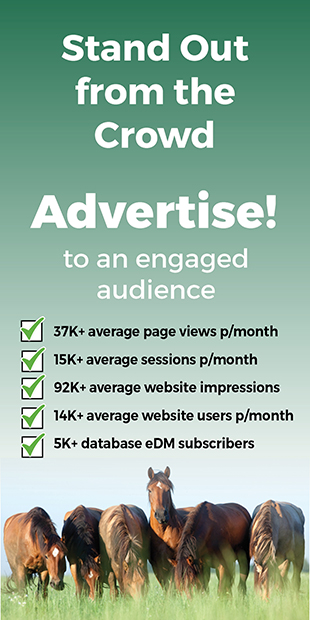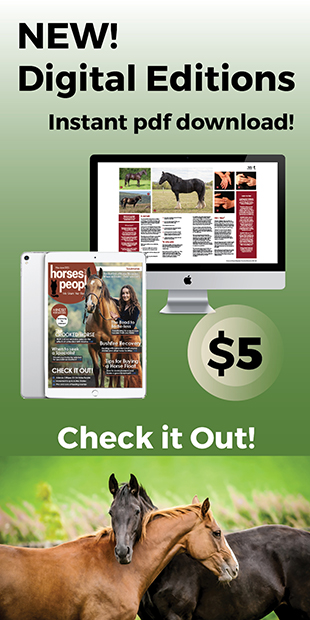Willinga Park Bushfire: Planning and Preparation Paid Off
A decade of considered bushfire planning and horse property maintenance helped save an entire town. Willinga Park effectively blocked the advance of the massive Currowan Fire towards the coastal town of Bawley Point during Australia’s catastrophic 2019-2020 fire...
Open the Gates to Good Horse Welfare
When we picture scenes of animal cruelty, we generally imagine thin, malnourished horses in haphazard paddocks filled with abandoned cars, barbed wire fencing and empty gas cans. Less commonly associated with mistreatment are luxurious stabling facilities housing...
When in Doubt… Turn Your Horses Out!
Going down in history as one of the best Melbourne Cup wins, a horse named Kiwi, originally purchased to round up sheep, dashed to victory in the 123rd Melbourne Cup of 1983. With only 100 metres to go, and at 10-to-one odds, the chestnut gelding upstaged the best...
Natural and Sustainable Horse Management
In this article, Jane and Stuart Myers explain natural horse behaviour and how to use it to implement a natural and sustainable management system. The more you learn about what’s natural for horses, the easier it will be for you to customise a sustainable management...
War on Waste: Horse Feedbags
War on waste horse feedbags. Editors Note: In 2023, the RedCycle program was discontinued in Australia, and it is no longer possible for citizens to recycle soft plastics. Material: Feedbags are (generally) made from woven polypropylene. Abbreviated as PP, it is a...
War on Waste for Horse Owners: A Circular Economy
War on Waste for horse owners. The planet is drowning in plastic and, while a lot could be done at all levels to rein the tide in, right now, it seems that the plastics manufacturing industries want to lock us into uncontrolled plastic production for decades to come....
Keep Them Safe With Horserail
Safe Fencing for Horses: Horse fencing has seen a great modernization over the last 20 years, with horse owners realizing that old fashioned wire and timber fencing really is not suitable for our beloved and easily startled animals. It is easy to see why Horserail is...
Equine Permaculture: Part 3 We Are Grass Farmers
We are grass farmers! When we own horses, we sign up to become the caretakers of large herbivorous animals that have adapted to eating a plant-based diet primarily made up of grasses. This is why we, as horse owners, should think of ourselves as ‘grass and forage’...
Fencing Injuries and How to Prevent Them
Fencing Injuries and how to prevent them... This month, Dr Adrian Owen, a member of Equine Dental Vets, talks about the common injuries caused by poorly designed or maintained fencing. He encourages every horse owner to consider how they can protect their horses from...
Equine Permaculture: Part 2 Sub-Dividing Pastures – Advanced Paddock Grazing
Sub-dividing pastures - advanced paddock grazing Most horse owners recognise a horse-sick pasture; the one with poor quality grasses containing weeds, compacted, eroded soils and manure build-up with parasite pollution. Some think the problem is caused by...
Managing Horses in Family Groups: Part 2
Breeding and weaning. Horses and People Editor Cristina Wilkins talks with veterinarian and pony breeder Tom Davis about his experiences managing a breeding herd as a single family group and his reasons for not weaning. A passionate advocate of welfare for both...
Managing Horses in Family Groups: Part 1
Managing horses in family groups. Horses and People Editor Cristina Wilkins talks with veterinarian and pony breeder Tom Davis about his experiences managing a breeding herd as a single family group. A passionate advocate of welfare for both horses and people, Tom...
Jane and Stuart Myers on Active Stable Systems
The HIT Active Stable is a fully automated system that allows horses to be kept in groups whilst at the same time allowing for individual feeding regimes. We were invited to visit the headquarters of HIT in Germany and also to have a look round a working example of...
Holistic Management for Horse Properties: Part 5 Practical Guidelines
Management guidelines. In the previous edition we discussed the process of decision-making and the seven tests that assist you with determining if you are making economically, ecologically and socially sound decisions for your horse property. This has been so far very...
Holistic Management for Horse Properties: Part 4 The Seven Testing Questions
Socially and environmentally responsible. In order to support horses and provide the food they are designed to eat, we must take care of our land. To create healthy pastures and adequate food for our horses (and for ourselves) we must ensure that our decisions are...
Holistic Management for Horse Properties: Part 3 Ecosystems Processes
Ecosystems Processes. As horse owners we are taking care of large herbivorous animals. In order to support horses and provide the food they are designed to eat, we must take care of our land. In turn, to be able to make the right decisions and create healthy pastures...
Holistic Management for Horse Properties: Part 2 Forming a holistic goal
Forming a holistic goal. To be able to make economically, environmentally and socially sound decisions in our lives and for our horses and properties we must have a look at the four key insights, that when taken together, proved to be critical to the development of...
Holistic Management for Horse Properties: Part 1 Introduction
Holistic Management for Horse Properties - Holistic Management is a new approach to decision-making and management that can be successfully incorporated in horse management. In this series of articles, Mariette van den Berg introduces the concept and goes on to...





